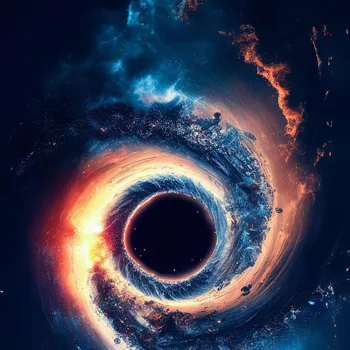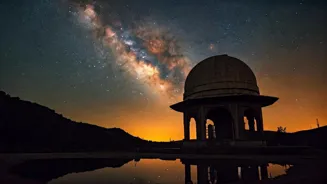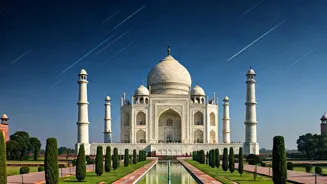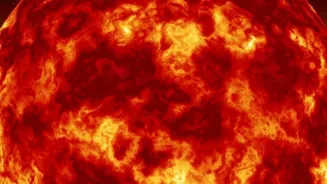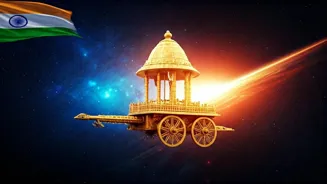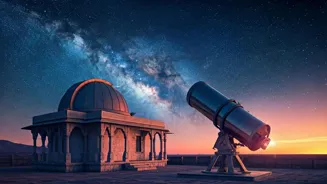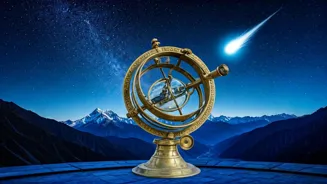Delve into the Cosmic Universe: A Guide to Astounding Events. Explore celestial wonders & unravel mysteries beyond. Read on for cosmic enlightenment!
From the twinkling stars we see every night to the distant
galaxies light years away, the universe is a stage for a grand cosmic show. These astrophysical events, driven by the laws of physics, shape the cosmos and offer us vital clues about its origin, evolution, and ultimate destiny.
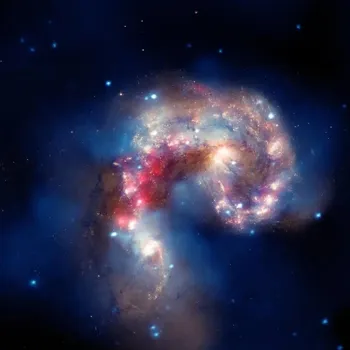
For the average Indian, raised on stories of celestial beings and cosmic balance, understanding these phenomena can be both intellectually stimulating and deeply inspiring. This guide aims to demystify some of the key astrophysical events, making them accessible to everyone.
Meteor showers: dazzling displays of space debris burning up in Earth's atmosphere
One of the most common and awe-inspiring events we can witness is a meteor shower. These "shooting stars," as they're often called, are actually tiny bits of space debris, often from comets or asteroids, burning up as they enter Earth's atmosphere.

The friction with the air creates intense heat, causing them to vaporize in a bright streak of light.
Certain times of the year, like during the Perseids in August or the Geminids in December, Earth passes through denser streams of this debris, resulting in spectacular meteor showers visible to the naked eye. It's a reminder of the constant motion and interaction happening in our solar system.
Celestial beauty of solar and lunar eclipses captivates humanity
Eclipses, both solar and lunar, have captivated humanity for centuries. A solar eclipse occurs when the Moon passes between the Sun and Earth, blocking the Sun's light. A total solar eclipse, where the Sun is completely obscured, is a rare and breathtaking event.
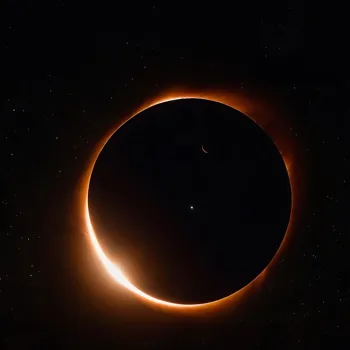
On the other hand, a lunar eclipse happens when Earth passes between the Sun and Moon, casting a shadow on the Moon. Due to the Earth's atmosphere, the Moon often appears reddish during a total lunar eclipse, earning it the nickname "blood moon.
" These events demonstrate the precise alignment of celestial bodies and the play of light and shadow in space.
Supernovae: dramatic star explosions creating elements for new stars
Supernovae represent some of the most dramatic events in the universe. A supernova is the explosive death of a massive star. When a star runs out of fuel, gravity causes it to collapse in on itself.
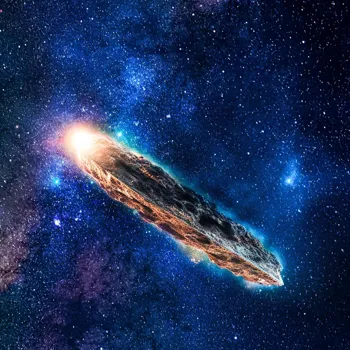
This collapse generates immense heat and pressure, leading to a catastrophic explosion that can outshine an entire galaxy for a brief period. Supernovae are responsible for creating and dispersing heavy elements like gold and iron into space.
These elements are the building blocks of new stars and planets, including our own.
Nebulae: Birthplaces of Stars in Interstellar Space
Nebulae are vast clouds of gas and dust in interstellar space. They are often referred to as "stellar nurseries" because they are the birthplaces of stars. Gravity causes the gas and dust in nebulae to clump together, eventually forming protostars.
These protostars continue to accrete matter until they reach a critical mass, at which point nuclear fusion ignites in their cores, and they become fully fledged stars.
Different types of nebulae, like emission nebulae (glowing due to ionized gas) and reflection nebulae (reflecting light from nearby stars), showcase the diversity and beauty of these cosmic structures.
Black holes: powerful gravity traps shaping galaxies
Black holes are regions of spacetime with such strong gravity that nothing, not even light, can escape. They form when massive stars collapse at the end of their lives. The immense gravity of a black hole warps the fabric of spacetime around it, creating a boundary known as the event horizon.
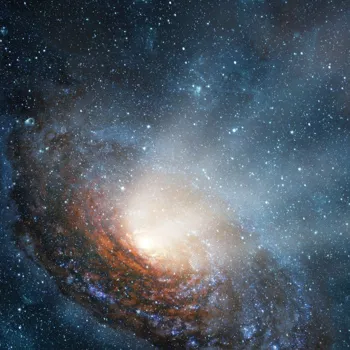
Anything that crosses the event horizon is lost forever. While black holes are often portrayed as cosmic vacuum cleaners, they play a crucial role in galaxy formation and evolution.
Dedicated scientists and advanced tech unravel cosmic mysteries
Understanding these cosmic phenomena requires the work of dedicated scientists and advanced technology. Telescopes on Earth and in space allow us to observe the universe in different wavelengths of light, revealing details that would otherwise be invisible.
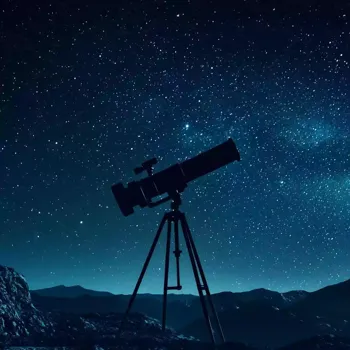
Space missions send probes to explore planets, asteroids, and comets, gathering data that helps us understand the history and composition of our solar system. By studying these astrophysical events, we gain a deeper appreciation for our place in the cosmos and the fundamental laws that govern it.
India, with its growing scientific capabilities, is playing an increasingly important role in this global effort to unravel the mysteries of the universe.
Events in the cosmic world inspire and educate us
These beautiful events happen in the cosmic world with special attention to its origin and purpose. The average person can learn about this with inspiration and intellectual knowledge from the cosmic universe. This is a great way to improve our knowledge and gain inspiration from the world above.
